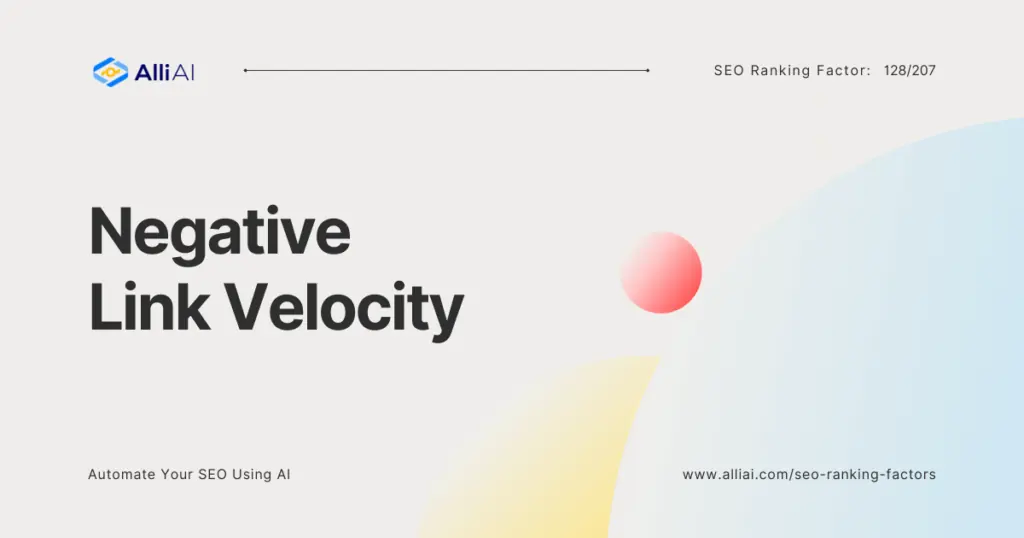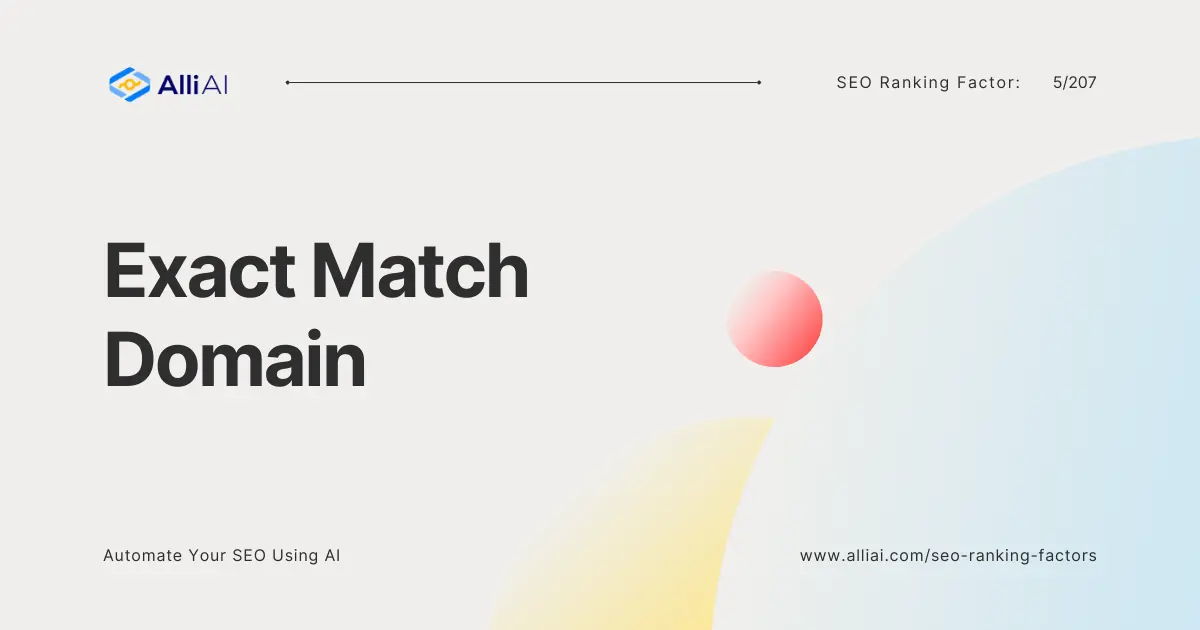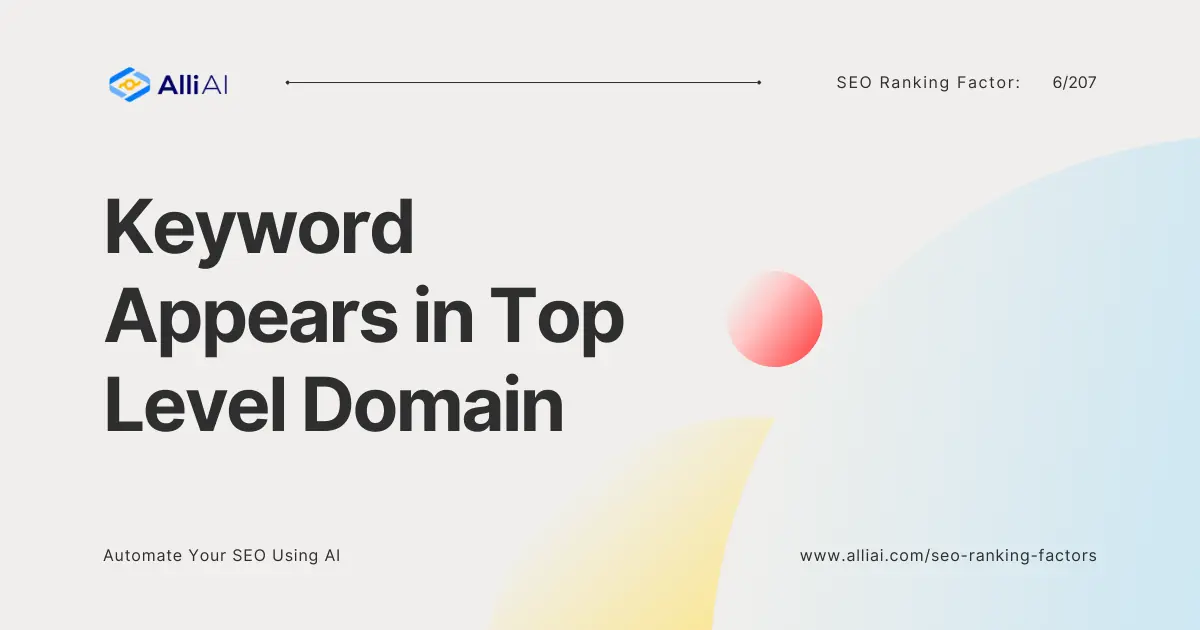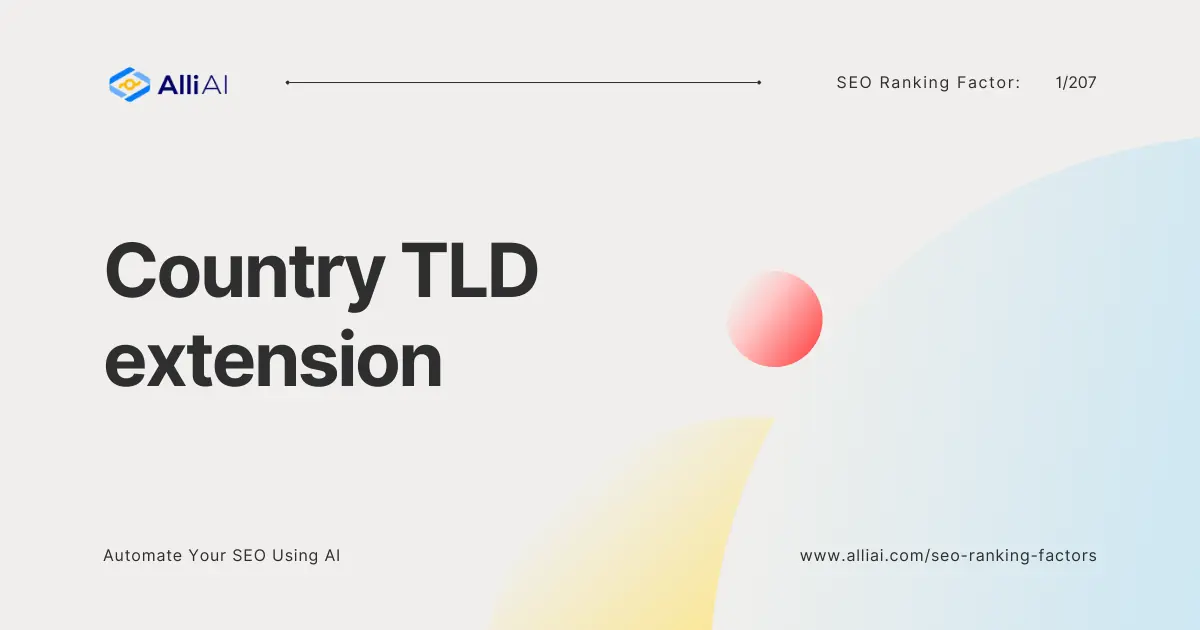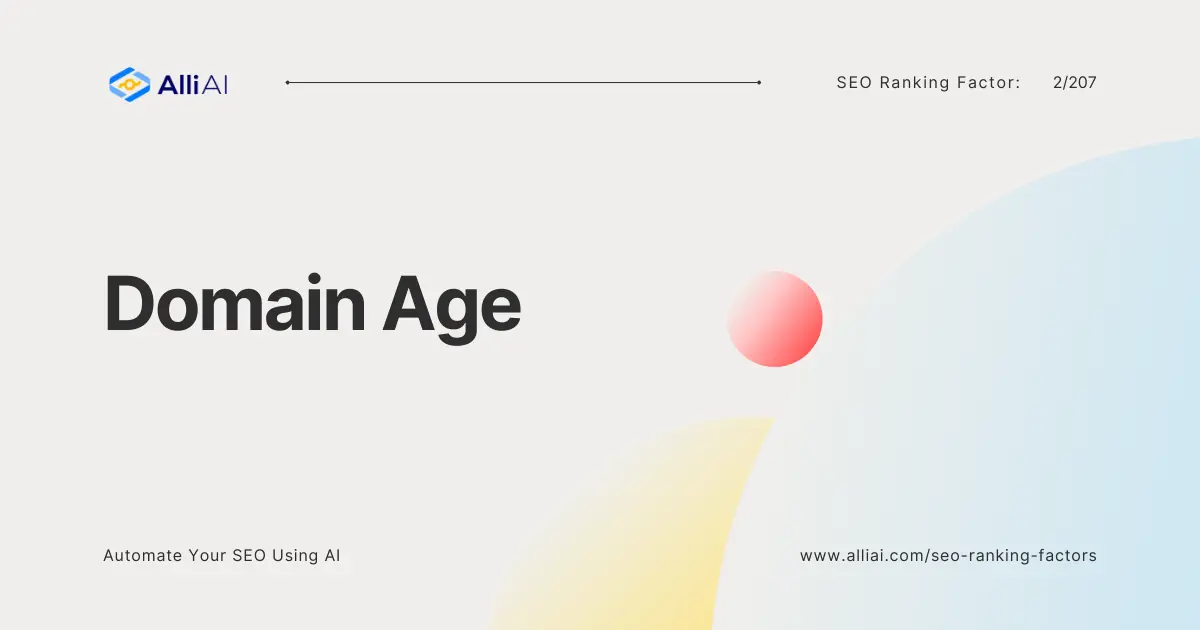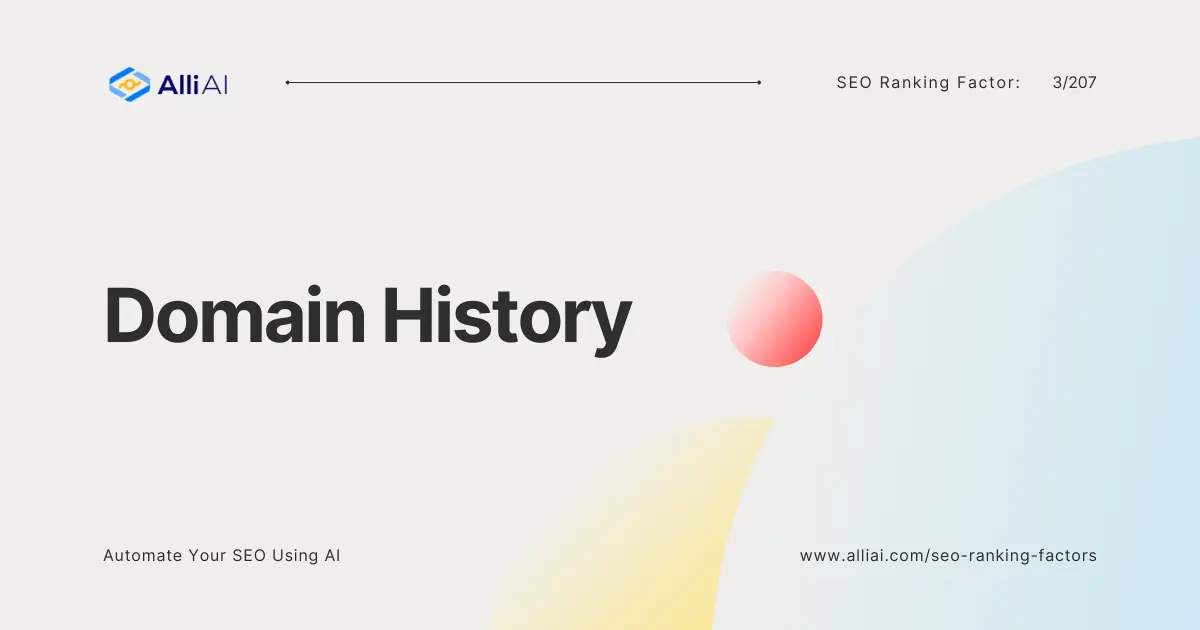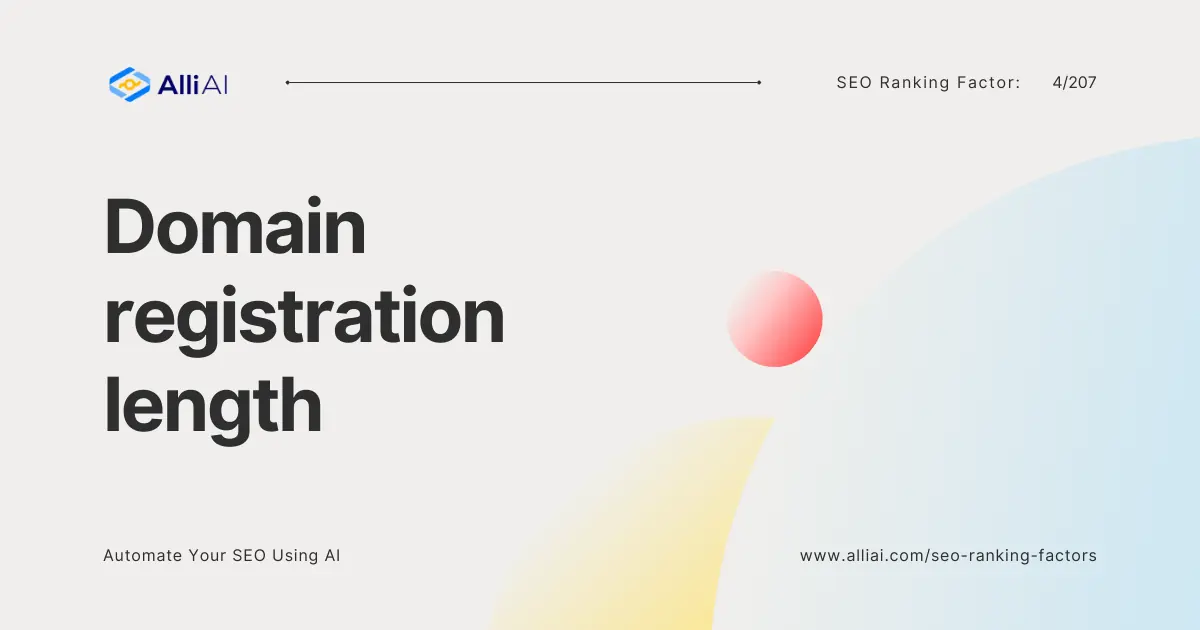What is Negative Link Velocity?
Negative Link Velocity refers to the pace at which a website loses backlinks over time. Imagine your website as a bustling city and each backlink as a road leading to it. Just as a city thrives on its connections to the outside world, your website flourishes on the strength of its backlinks. However, when these roads (backlinks) start disappearing or decreasing in number more rapidly than they’re being created, the city (website) begins to lose its connectivity, leading to less traffic, visibility, and opportunities for growth.
Why is Negative Link Velocity important in SEO?
In SEO, backlinks serve as endorsements from other websites, signaling to search engines that your content is valuable. A decline in these endorsements can lead search engines to view your website as less relevant or authoritative, potentially lowering your search rankings. Understanding and managing NLV is crucial to maintaining your site’s health and search engine status.
How Negative Link Velocity affects SEO?
Deterioration of Domain Authority: As backlinks decrease, so does your website’s domain authority. This loss can significantly impact your ability to rank well in search engine results.
Decrease in Referral Traffic: With fewer backlinks, fewer users find their way to your site via these routes, leading to drops in referral traffic.
Erosion of Search Engine Trust: A consistent loss of backlinks could be interpreted by search engines as a sign that your website’s reliability or relevance is waning, which may negatively affect your rankings.
Studies from sources like Moz highlight the critical nature of backlinks in maintaining search rankings. Websites experiencing sustained negative link velocity often see a corresponding drop in their positions on search engine results pages (SERPs).
Proactive Strategies to Manage Negative Link Velocity
Managing NLV requires a proactive approach to SEO. Here’s how you can effectively address and mitigate its impacts:
Regular Monitoring: Use tools like Alli AI to keep a constant watch on your backlink profile. Setting alerts for significant changes can help you respond promptly to potential issues.
Quality Over Quantity: Assess the quality of your backlinks. Focus on retaining high-quality links and cultivating new ones from reputable sources. Tools like SEMrush and Ahrefs can provide comprehensive insights into the quality and relevance of your backlinks.
Strategic Link Building: Engage in deliberate link-building activities. Content marketing, guest blogging, and forming partnerships can all lead to high-quality, durable links. Develop a strategic plan that includes targeted outreach and content dissemination to attract valuable backlinks.
Analyzing Competitor Strategies: Understand your competitors’ backlink strategies by analyzing their activities. This insight allows you to adjust your tactics, ensuring you remain competitive and relevant in your niche.
How can Alli AI help with Negative Link Velocity?
At Alli AI, we recognize the challenges Negative Link Velocity poses and have developed our tool to tackle this issue head-on. Our platform offers a comprehensive suite of features designed to monitor, assess, and improve your website’s backlink profile. Here’s how we help:
- Backlink Monitoring: Our tool continuously tracks your site’s backlink profile, alerting you to any significant changes or losses in backlinks, enabling you to address Negative Link Velocity proactively.
- Backlink Quality Assessment: We analyze the quality of your backlinks, identifying which ones are beneficial and which are detrimental to your SEO efforts, helping you focus on nurturing high-quality links.
- Link Building Opportunities: Our advanced AI algorithms scout the internet for high-quality, relevant link-building opportunities to counteract Negative Link Velocity by accelerating the acquisition of new, valuable backlinks.
Our aim is to arm you with the tools and knowledge necessary to navigate the complexities of Negative Link Velocity, ensuring your site’s backlink profile remains robust and your SEO rankings thrive.
FAQ
How often should I monitor my backlink profile?
Monitoring your backlink profile should be an ongoing process. With Alli AI, you can set up alerts for significant changes, ensuring you’re always informed of your backlink health.
Can Negative Link Velocity be reversed?
Absolutely. By actively engaging in strategic link-building initiatives and utilizing tools like Alli AI to identify and secure quality backlinks, you can offset the effects of Negative Link Velocity.
Does every lost backlink negatively impact my site?
Not all backlink losses are detrimental. Losing low-quality or spammy backlinks can actually improve your site’s SEO performance. It’s the net velocity and quality of lost links that matter most.
Conclusion
Negative Link Velocity represents a significant yet often overlooked element in the SEO equation. Its ability to stealthily undermine a website’s search engine rankings underscores the necessity of vigilant backlink monitoring and strategic link acquisition efforts. By leveraging the capabilities of Alli AI, webmasters and SEO professionals can effectively combat the adverse effects of Negative Link Velocity, promoting a healthier backlink profile and securing their site’s visibility and authority on the digital stage. Remember, in the dynamic landscape of SEO, staying informed and proactive is key to navigating challenges and leveraging opportunities to your advantage.
